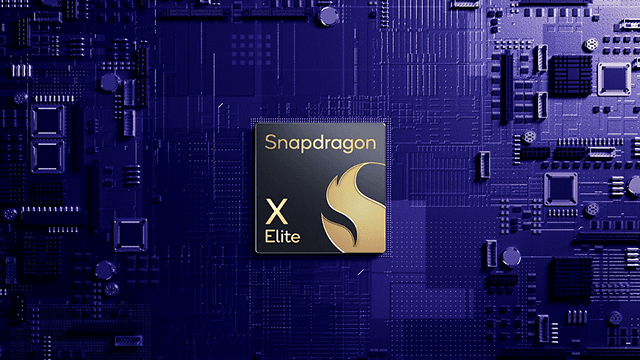Apple’s upcoming hardware launch appears to be just around the corner, especially after the new iPad mini was revealed last week. As mentioned yesterday, three new Macs are set to launch together on October 30, all powered by Apple M4 series chipsets. To summarize, the lineup includes the Mac mini, MacBook Pro, and a 24-inch iMac, with 14-inch and 16-inch versions of the popular laptop also expected. Notably, only the Mac mini is likely to see a redesign compared to the current model, which is priced at $529 on Amazon.
New MacBook Airs on the Horizon
According to a recent report from Mark Gurman, Apple has solidified its launch plans for 2025. It seems the company will start the year by introducing new 13-inch and 15-inch MacBook Air models. The Apple analyst suggests that these laptops will be released between January and March, and they are codenamed J713 and J715, respectively. Unfortunately, they will not show much visible change apart from the expected upgrade to the Apple M4 chipsets.
iPhone SE 4 and More
In the meantime, the iPhone SE 4 is expected to make its debut sometime next spring, bringing all the features that have leaked thus far. Additionally, an eleventh-generation iPad and a new iPad Air are on the way, along with compatible keyboard accessories. Furthermore, the Mac Studio, which will also be equipped with the M4 chipsets, is anticipated to launch between March and June under the codename J575.
Future of the Mac Pro
Looking ahead, Gurman predicts that Apple will unveil the Mac Pro in the second half of 2025, with an emphasis on internal upgrades rather than external ones. Additionally, Apple’s first smart home display is set for a 2025 release, details of which have been discussed in a separate report. As always, Apple is expected to conclude the summer with the iPhone 17 series, which is still rumored to include the iPhone 17 Air instead of a new “Plus” model.






